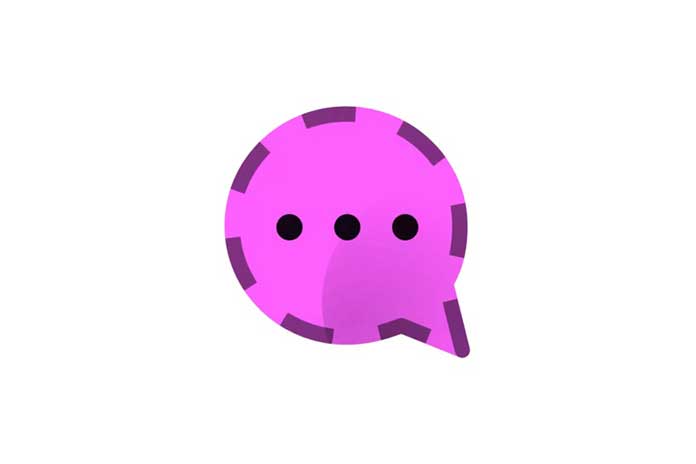Jabber (now known by its acronym) XMPP is a scalable and functional open source instant messaging Network. Here’s how it works: The intention was to create an open-source instant messaging system that could compete with the most renowned MSN Messenger, Live Messenger, Yahoo! Messenger, and so on. Given the almost 15 years of life and the 10 million users who use Jabber every day, it can be said that the goal has been achieved.
What Is Jabber?
Born in 1998 by the American programmer Jeremie Miller, Jabber initially identified the set of protocols and technologies necessary for the program’s functioning. Today, however, these technologies are known by the acronym XMPP ( Extensible Messaging and Presence Protocol, extensible messaging, and presence protocol).
The Jabber protocol and technologies development began in early 1999 by a large group of independent developers who, coordinated by Miller, managed to release the first public version of the instant messaging system about a year later. Jabber was born, as mentioned, to create an instant messaging network that, unlike the others already present on the Network, was open and expandable to any other existing messaging service.
How Jabber Works?
Over the years, to explain the functioning of Jabber, an example involving Romeo and Juliet, young protagonists of the universally known Shakespearean drama, has been used several times. In the world of Jabber, Juliet does not communicate directly with Romeo, but she has a Jabber account on the capuleti.net server, which allows her to get in touch with her beloved’s performance on the montecchi.net server. Both have a Jabber identification ( JID, Jabber Identification ) with a syntax very similar to an email address: giulietta@capuleti.net because it is registered on the “family” domain.
The message that Juliet sends to Romeo through her account, therefore, follows this path: the sweet words of the young Veronese are received by the server that hosts her performance; then the capuleti.net server tries to establish a connection with the montecchi.net server and, if communications between the two servers are not interrupted, the message will be delivered to the recipient. The lucky and very much in love with Romeo, of course.
Beyond the metaphor, the distinctive communication elements that occur through a Jabber system or Network (or XMPP if you prefer) are three: two users, two servers, and several clients running on different operating systems. Each user is assigned an identification address with a syntax similar to that of an e-mail address by the server on which it rests. The servers on which the two accounts are based will complete the communication exchange.
The Strengths And Weaknesses
As conceived and developed over the past 15 years, the XMPP ( aka Jabber) has several strengths. First of all, the decentralized system. Jabber is based on a highly scalable approach, without any central server to route messages to the various clients. Everyone can then create their server and become a part of the XMPP network. This is accompanied by the security of a service that can also isolate part of the Network on which it relies and continues to function in the event of an emergency.
And last but not least, the flexibility of using the standards of Jabber protocols and technologies not only for instant messaging but also for chat rooms, file sharing, geolocation, remote management of computers and systems, and much more. However, we find an in-band transfer inefficient to counterbalance Jabber’s many strengths. This means that the binary data to be transferred must be base64 encoded before being transmitted, generating a net degradation in network performance.


